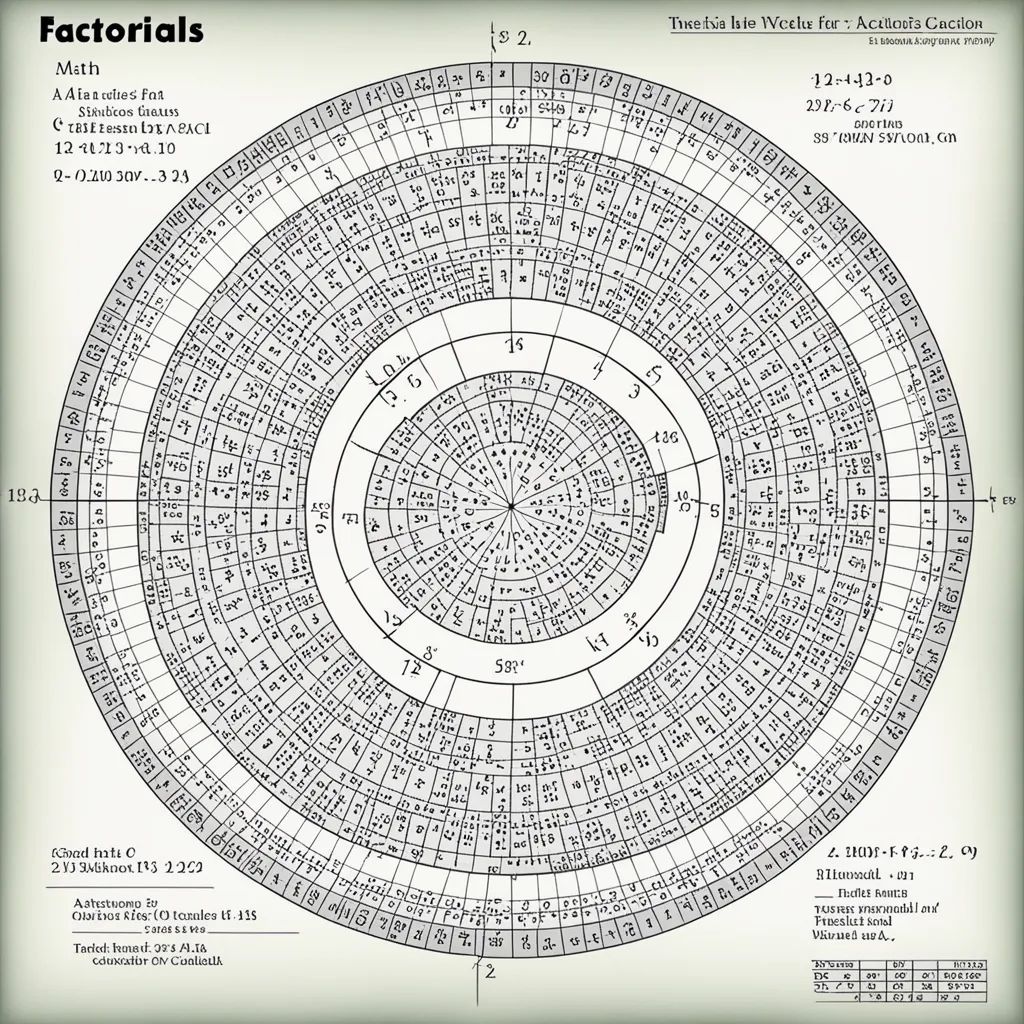How to Do Factorials: A Simple Guide
How to Do Factorials: A Simple Guide
Understanding factorials is essential in mathematics, particularly in combinatorics, algebra, and calculus. A factorial of a non-negative integer n, denoted as n!, is the product of all positive integers less than or equal to n. In this guide, we'll explore the concept of factorials and how to calculate them, followed by some frequently asked questions.

What Are Factorials?
The factorial of a number n (written as n!) is the product of all positive integers from 1 to n. For example, the factorial of 5 (5!) is calculated as 5 × 4 × 3 × 2 × 1, which equals 120.
Calculating Factorials
Manual Calculation: For smaller numbers, factorials can be calculated manually. For instance, 4! = 4 × 3 × 2 × 1 = 24.
Using a Calculator: Most scientific calculators have a factorial function. Enter the number and press the factorial key (usually represented as n!, x!, or !) to get the result.
Programming Approach: In programming, factorials can be calculated using loops or recursion. Here’s a simple example in Python:
pythondef factorial(n): if n == 0 or n == 1: return 1 else: return n * factorial(n - 1)Special Case – Zero: By definition, the factorial of 0 (0!) is 1.
Applications of Factorials
Factorials are primarily used in permutations and combinations, which are fundamental in probability and statistics. They help determine how many ways things can be arranged or chosen.
FAQs
Q: Why is 0! equal to 1?
- A: By convention, the factorial of 0 is 1 to simplify formulas in combinatorics and calculus. This is because there is exactly one way to arrange nothing (the absence of arrangement).
Q: How do factorials relate to permutations and combinations?
- A: Factorials are used to calculate permutations (the number of ways to arrange items) and combinations (the number of ways to choose items). For example, the number of ways to arrange n items is n!.
Q: Can factorials be calculated for non-integer or negative numbers?
- A: Factorials are generally defined for non-negative integers. However, the gamma function extends the concept to non-integer values, but it's beyond basic factorial definitions.
Q: Is there a quick way to approximate large factorials?
- A: Yes, Stirling’s approximation can be used for large numbers. It states that n! is approximately equal to sqrt(2πn) * (n/e)^n, where e is Euler’s number (approximately 2.71828).
Conclusion
Factorials are a basic yet crucial concept in mathematics with wide-ranging applications. From simple manual calculations for small numbers to using calculators or programming for larger ones, understanding factorials opens up a world of possibilities in combinatorial and statistical analyses. Remember, the factorial function grows very rapidly, so be cautious with large numbers!